You are here
School selection. Middle class strategies
About the speaker
Agnès Van Zanten
Sociologist, research director at the Centre National de la Recherche Scientifique (CNRS) and director of the Réseau Analyse Pluridisciplinaire des Politiques Educatives (RAPPE), both in Paris
The choice of school is a very important part of young people’s lives and something that has been analysed in terms of a wide range of aspects. One of these aspects are the personal barriers: it is the parents who choose the school their children will go to, and they use different strategies when doing so.
In a study involving 137 interviews with Parisian families, Van Zanten concludes that there are four main strategies used by parents when selecting a school.
The two classic strategies are to choose between a state and a private school. In her study, she shows the dynamic in Paris whereby during a child’s school career one in two families will decide to have them study at a private school at some point. The other two strategies that are seen to be important currently are the residential strategy (schools are chosen due to the quality that the neighbourhood they are located in is deemed to have) and the neighbourhood colonisation strategy (people choose the local school because they cannot go anywhere else or because they want to stay).
It is fundamental to take into account the desires parents have for their children. When choosing a school, parents have instrumental aims, which are that their children have access to the best higher education and a good job.
This instrumental dimension with respect to selecting a school contrasts two other dimensions, however. The reflective dimension wants to see the student grow as a person, to gain a critical spirit. The other dimension, which is often that which most contrasts the instrumental, is the expressive. Parents want their children to be happy and safe, which means they often have to choose between this expressive dimension (where their children study close to home, with their friends) and the instrumental dimension (where they go to other, better schools).
Discover
other ideas
-

Can education be improved?
Jordi Pujol
2007 -

Curriculum and citizenship. What and why in school...
Cèsar Coll i Salvador
2007 -

School careers of foreign students in the United S...
Marcelo M. Suárez-Orozco
2007




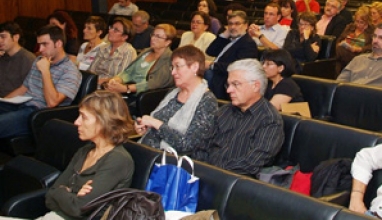
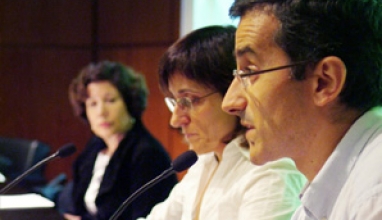
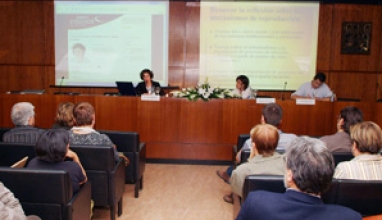
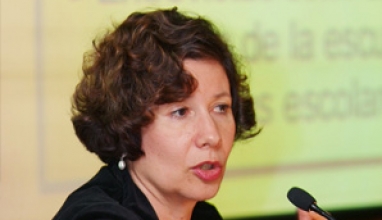

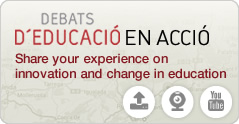
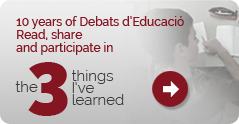

 The texts published on this website are, unless otherwise indicated, covered by the Creative Commons Spain Attribution - Non Commercial - No Derivs 3.0 licence. You may copy, distribute and transmit the work, provided you attribute it (authorship, journal name, publisher) in the manner specified by the author(s) or licensor(s). You may not use the material for commercial purposes. You may not transmit any derivative work from this material. The full text of the licence can be consulted here:
The texts published on this website are, unless otherwise indicated, covered by the Creative Commons Spain Attribution - Non Commercial - No Derivs 3.0 licence. You may copy, distribute and transmit the work, provided you attribute it (authorship, journal name, publisher) in the manner specified by the author(s) or licensor(s). You may not use the material for commercial purposes. You may not transmit any derivative work from this material. The full text of the licence can be consulted here: